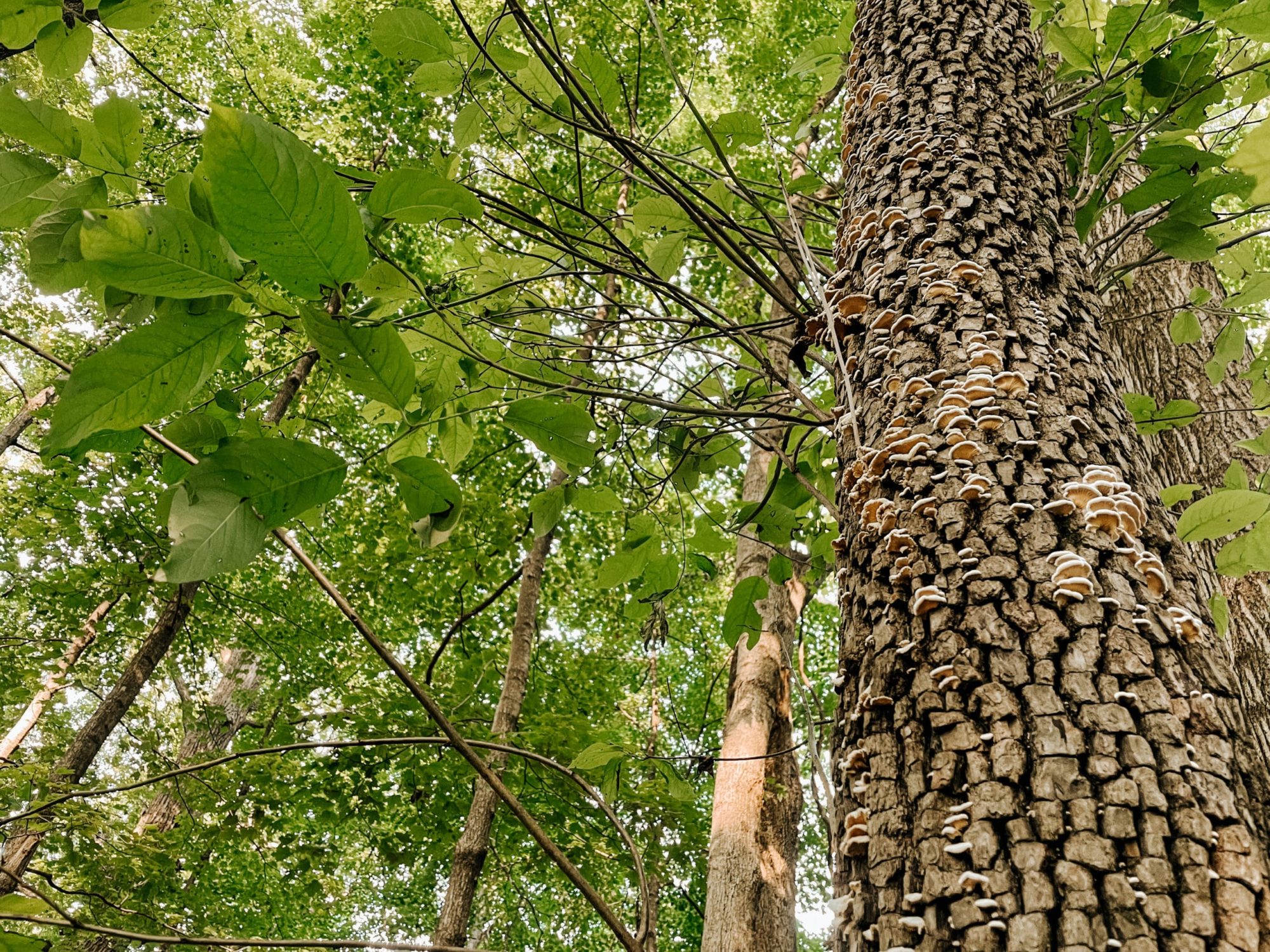When we think of fungi, we usually think of button mushrooms or funky-looking toadstools in the forest. But in actuality, there are millions of species of fungi in the world, and they each play a critical role in the balance of our ecosystem.
From storing carbon deep within their root systems to ingesting toxic chemicals, the power of the fungal network has been severely underutilized in our fight to restore the planet.
The Forest’s Internet
The mushrooms we see, whether they’re in the grocery store or our backyards, are the fruit of something much greater: the mycorrhizal network.
Source: Sciencemag.org
This system is comprised of fungal filaments called mycelium that transfer key nutrients and water beneath the earth. Microscopic in size, this network is how trees and plants communicate with one another, sending nutrients through a multitude of underground fibers.
These networks of fungi actively convert dead matter into nutrients for the soil, which nourishes other organisms while revitalizing the soil. In many ways, it’s one of the most crucial circles of life that nature accomplishes.
Mushrooms and Climate Change
It’s no secret that humankind has had a negative impact on the health of our shared planet. From human-induced climate change to deforestation and resource exhaustion, our tread has historically not been light.
Plants connected to the mycorrhizal network are estimated to play a large role in sequestering carbon, which is the process of removing carbon from the atmosphere and storing it in leaves, roots, stems, and even soil.
Despite the weakened relationships between some plants and the network due to human activity, a 2019 study found that plants connected to the network still store 350 gigatons of carbon globally, as compared to 29 gigatons in non-mycorrhizal vegetation. Some researchers believe that by boosting the health of the mycorrhizal network, we can slow climate change.
One method to accomplish this, as identified by the authors, is restoring native vegetation that naturally forms a symbiotic relationship with the soil fungi. In abandoned agricultural or barren land, there are huge opportunities to sequester more carbon.
Saving the bees with mushrooms
Paul Stamets, one of the most highly regarded mycologists, has unearthed a promising connection between mushrooms and bees. Bees are constantly under threat because of climate change, pesticide use, and habitat destruction, but they’re also essential pollinators who secure the global food supply. And just like humans, bees are also vulnerable to infectious diseases.
Stamets’ research, which is funded by the profits of his company Fungi Perfecti, has shown that giving bees mycelium extract from certain mushrooms has boosted their immunity and reduced their susceptibility to dangerous viruses. Not only does this help secure our global food supply, but the same antimicrobial properties can also be beneficial to humans too.
Cleaning up with mushrooms
In addition to their antimicrobial properties and ability to store carbon, mushrooms can also digest whatever they’re living on, including things that are toxic to humans. It’s called mycoremediation, and it’s happening all over the world.
Mushrooms have been utilized in the Ecuadorian Amazon, where oil pits bubble in the open air due to Texaco’s oil extraction. The excessively large fungi produce enzymes that break down petroleum, giving humans a natural armory in the fight against oil spills.
In Denmark, a floating tube with mycelium has been deposited directly into the sea with the task of digesting accidental fuel spills.
In New Zealand, fungi have been used to clean up land contaminated by hazardous compounds and pesticides that have carcinogenic and mutagenic effects.
Mushrooms can even combat plastic pollution. One of the greatest threats to our oceans’ health, the amount of plastic in our waterways now outnumbers the amount of fish. But luckily, there are species of mushrooms that can live in environments without oxygen (like at the bottom of a landfill) and survive off of the compounds in plastic.
The future of fungi
While we still need to take steps to reduce our toxic impact on the planet from excess greenhouse gas emissions to plastic pollution, having mushrooms in our corner can help reverse some of the damage that’s already been done.
You can help mycelium and promote soil health by taking good care of your plants and lawn. Avoid using synthetic pesticides, herbicides, or fertilizers that wind up downstream and negatively affect the ecosystem. Plant native flowers where you’re able, to attract bees and keep the soil healthy.
Try out composting at home with your food scraps too! Eat organically as much as possible and of course, always stay educated about innovative solutions to climate change.
- What is COP26? Your Guide to the Largest Conference on Climate - November 9, 2021
- Climate Change and Mushrooms: Here’s How Fungi Can Save the Planet - September 14, 2021
- The Impact of Overtourism & Practicing Sustainable Tourism - June 10, 2021
